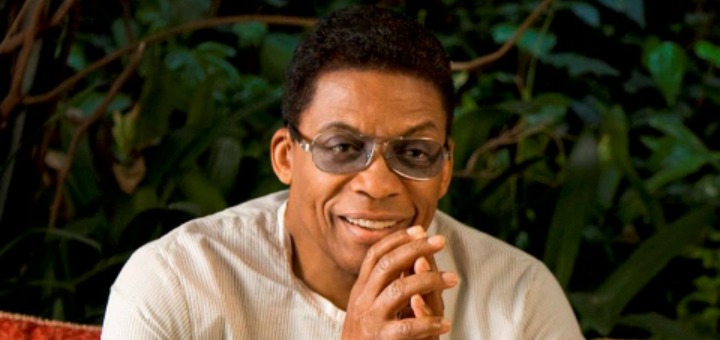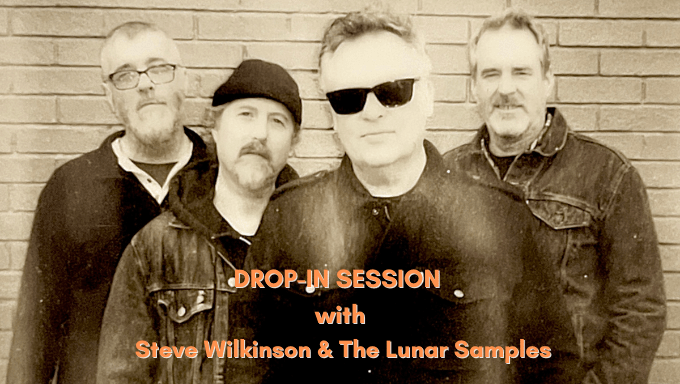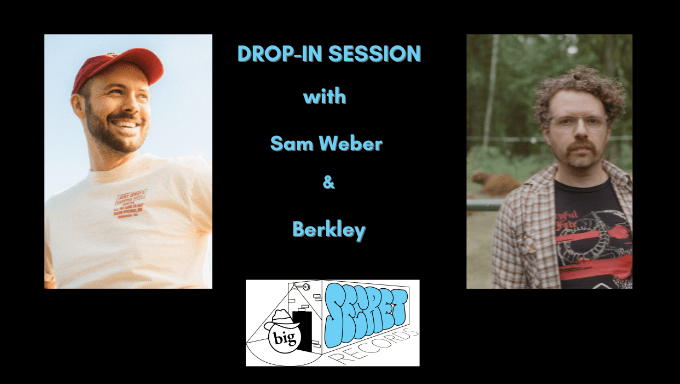After an Academy Award, fourteen Grammys, countless other notable awards, and a discography spanning fifty-four albums over forty eight years, many musicians might consider slowing down and taking some time off. This is not the case for Herbie Hancock. The jazz legend continues to tour, record, and innovate with the tenacity of a struggling newcomer still vying for recognition.
Hancock’s recording career began with the cool jazz album “Takin’ Off” in 1962, and twisted and turned along a genre-bending journey. In 1972, this journey took form as the fusion album “Headhunters,” which has one of his most famous tracks, “Chameleon.” In this dawn of the phase he is perhaps most widely known for, Hancock fused more traditional jazz with funk, using synthesizers to create a new, groovy soundscape that rocked the ears of listeners around the world.
Since then, Hancock has continued to amaze fans with his penchant for playing outside the lines, creating fusion, funk, electronic music, and more. He has collaborated with notables such as Chick Corea, Pat Metheny, and Bill Laswell, a dub producer and bassist, with whom Hancock recorded the album “Future 2 Future” (one of my personal favorites), which blends jazz, dub, trip-hop, and world music.
As part of a special concert series put on by the Oregon Symphony, Portlanders were able to witness this musical giant in person last night. Hancock’s quartet, consisting of Vinnie Colaiuta on drums, James Genus on bass, and Lionel Loueke on guitar, came out strong on the fusion front, and stayed there for most of the show. Hancock, switching seamlessly between a grand piano and two keyboards, started the night off with a medley of materials from his album “Headhunters,” which displayed the diverse sounds capable of being produced not only by the amazing musicians onstage, but by the equipment they came with. In fact, the stage was so covered in effects pedals that Hancock joked, “This is like a minefield,” as he carefully stepped across the stage. The opening jam (which lasted well over fifteen minutes), featured a mind bending drum solo which incorporated Afro-Cuban influences as well as double-bass pedal technique (which is very unusual in a jazz setting).
Sticking with “Headhunters” material, they moved into a reinterpreted “Watermelon Man,” which was played over a seventeen-count beat (which Hancock remarked that Americans couldn’t dance to). Later in the piece, Hancock grabbed a keytar, and started “trading 4s” with the bassist (a soloing technique in which two instrumentalists take short solos back and forth).
Next, Hancock played a piece featuring him singing through a vocoder, a device that he introduced to the jazz world. Before the song, he observed that advanced technology nowadays made it a pleasure to perform.
Hancock remarked that the last time he was at the Arlene Schnitzer Concert Hall, he played with an orchestra, and this time, he was playing with another, different kind of orchestra. Each member of his “orchestra” was showcased brilliantly throughout the night. Three of the musicians stepped off stage and let the guitarist have a solo song, in which he created a massive sound using two very interesting effects: a loop pedal and a pitch-shifter. The loop pedal allows a player to record what they play, loop it, and play over it, creating huge sounds with only one musician. The pitch shifter re-synthesizes a singer’s voice at a different note (or notes) so that the singer can harmonize with him or herself. Using these technologies (and possibly more, those are the two I could recognize), along with the vocal technique of beatboxing (creating percussion sounds with various parts of the vocal tract), Colaiuta played a several-minute long extremely psychedelic solo piece.
After Colaiuta’s solo, Hancock took the stage solo behind the grand piano and played the only older, smoother sounds of the evening. He started out alone, playing a beautiful rendition of “Speak Like a Child,” but he couldn’t stay traditional for long. The rest of the quartet crept back on stage in the dark and Hancock smoothly transitioned into another piece called “Cantaloupe Island,” which is usually a straight ahead jazz tune, but they played it in fusion style, to keep from “being bored to death,” according to Hancock.
They walked off stage, but, after a minute of uproar, they returned to the stage for their encore. They came out rockin’ with the popular electronic/hip-hop piece “Rockit,” then moved effortlessly into the crowd pleaser “Chameleon.” People were out of their seats and they were groovin’! It’s hard to imagine more of a party ever occurring at the Schnitz. Overall, the show consisted of Hancock’s more popular music from his fusion period, but it was nice to see him play a few classics towards the end before shutting down the show with his big hits.
For more information about Herbie Hancock, you can visit his website here.
- A Very New Pickathon in 2022 - August 13, 2022
- Pickathon returns to Pendarvis Farm! It’s not just the artists that’ll be new. - August 3, 2022
- July is BIPOC Mental Health Awareness Month (Black, Indigenous, Persons of Color) - July 14, 2022









Leave A Comment